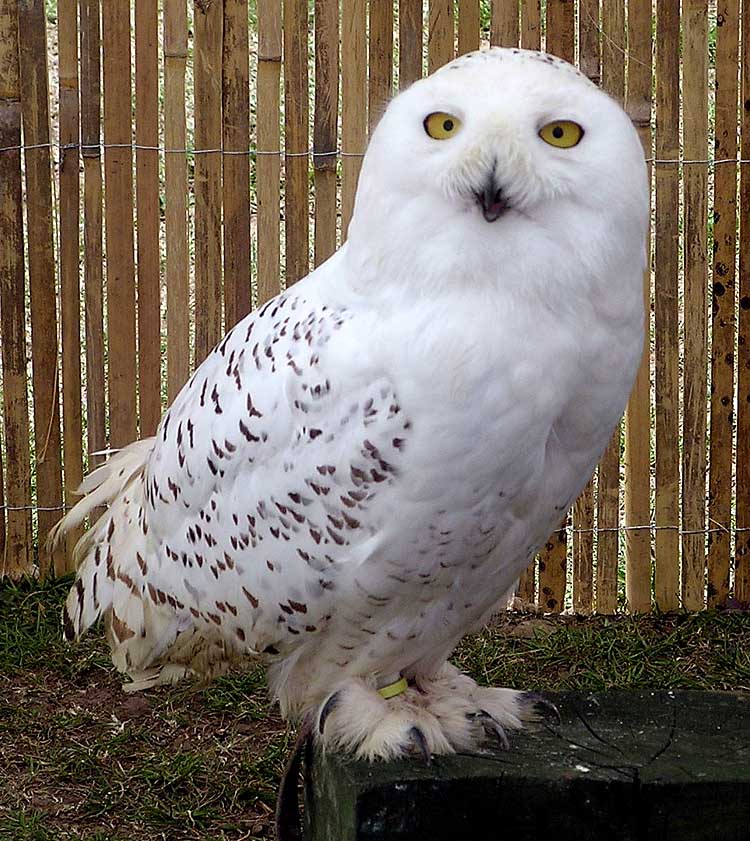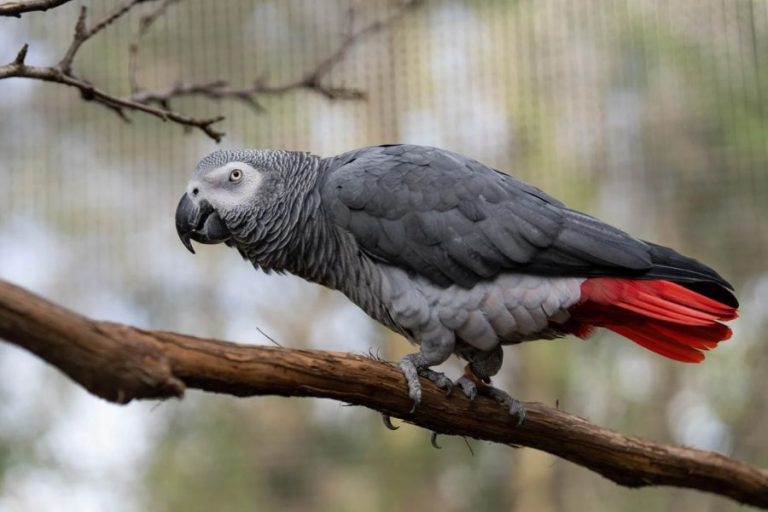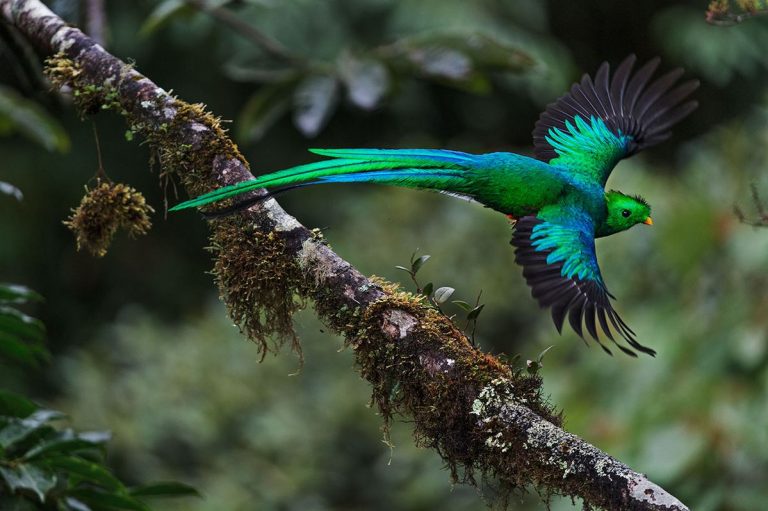Ghost of the Arctic: The Snowy Owl
Across the silent tundra of the far north, a pale figure glides low over the snow, wings outstretched like sails of frost. The only sound is the whisper of feathers slicing through icy air. Then, with a sudden dive, it disappears into the whiteness, rising again with prey clutched in its talons. This is the Snowy Owl (Bubo scandiacus), a magnificent sentinel of the Arctic wilderness.
A Cloak of White and Gold
The Snowy Owl is instantly recognizable by its striking plumage. Adult males are almost pure white, blending seamlessly into snowy landscapes, while females and younger birds wear bold dark barring across their feathers. Their piercing yellow eyes burn brightly against their ghostly faces, giving them an otherworldly presence. With a wingspan of up to 1.5 meters, they are among the largest owls in the world—powerful hunters dressed in winter’s finest.
Life in the Frozen North
Snowy Owls are native to the Arctic tundra of North America, Europe, and Asia. Unlike most owls, they are often active by day, especially during the endless light of Arctic summers. Their diet centers on lemmings and other small mammals, though they will also take birds and fish when available. Perched silently on hummocks or fence posts, they scan the open plains with unrivaled patience before sweeping into the air with surprising speed.
A Family in the Cold
During breeding season, Snowy Owls nest directly on the ground, scraping shallow bowls in the tundra. The female lays large clutches—sometimes over 10 eggs—depending on food abundance. Both parents guard the nest fiercely, defending their young from foxes, jaegers, and even wolves. The chicks grow rapidly in the brief Arctic summer, fledging within weeks to prepare for the harsh winter ahead.
Nomads of the Sky
Though tied to the Arctic, Snowy Owls are also known for dramatic irruptions, when large numbers move southward into Canada, the northern United States, and even Europe. These movements often occur when lemming populations crash, forcing owls to roam in search of food. Such events turn ordinary fields and airports into temporary Arctic outposts, thrilling birdwatchers lucky enough to glimpse these majestic visitors.

Legends and Symbolism
Across cultures, the Snowy Owl has long carried deep meaning. For the Inuit, it is a spirit animal, a guardian of wisdom and endurance. In Western traditions, its ghostly form inspired myths of mystery and magic. Modern culture has made it famous as the companion owl Hedwig in the Harry Potter series, further cementing its place in the human imagination as a bird of wonder.
Fragile Future
While currently listed as Vulnerable, Snowy Owls face growing threats. Climate change disrupts Arctic ecosystems, altering lemming cycles and shrinking nesting grounds. Collisions with vehicles and power lines, as well as habitat loss during winter migrations, also take a toll. Protecting this owl means safeguarding the fragile Arctic balance that sustains countless forms of life.

A Closing Reflection
To watch a Snowy Owl rise from the tundra is to see the spirit of winter take flight—a vision of strength, silence, and beauty. It reminds us that even in the harshest landscapes, life thrives in brilliance. But it also whispers of fragility: that the survival of this Arctic ghost depends on our care for the frozen world it calls home.






